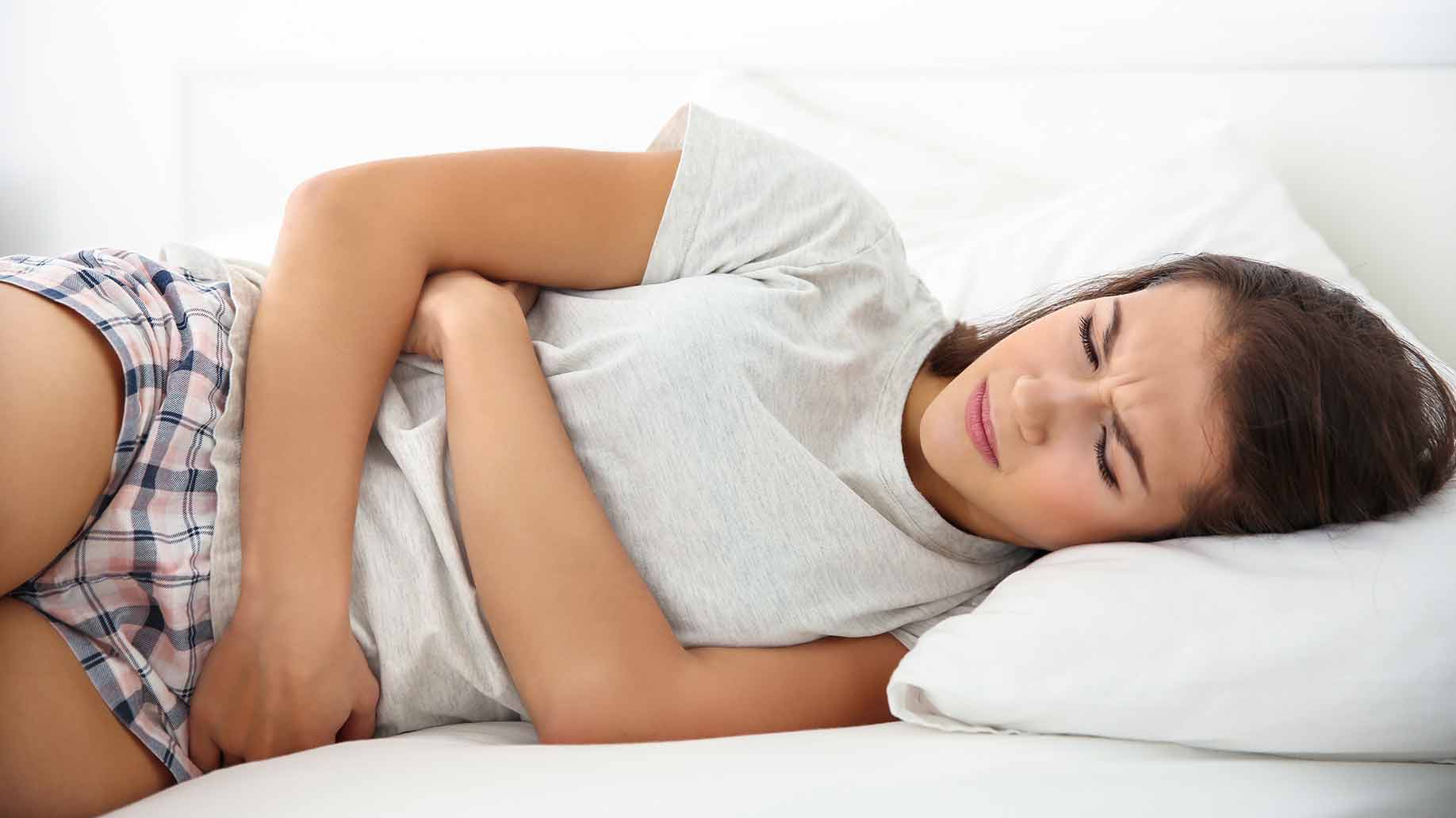
Premenstrual syndrome (PMS) is a complex combination of emotional and physical symptoms that occur about 5-11 days before a woman starts her monthly period. The various complaints usually go away shortly after the start of menstruation.
PMS is very common. According to the Office on Women’s Health, 75% of women with regular menstrual cycles report unpleasant psychological or physical symptoms before their periods begin. Different women will experience different groups of symptoms which can range from mild to severe.
Physical PMS Symptoms
- Abdominal bloating
- Breast tenderness
- Aches and pains
- Fatigue
- Weight gain
- Swelling of hands or feet
- Headaches
- Acne
- Gastrointestinal problems
- Food cravings
Emotional & Behavioral PMS Symptoms
- Mood swings
- Irritability
- Depression
- Anxiety
- Lethargy
- Poor concentration
- Memory lapses
- Insomnia
- Change in sexual desire
- Crying spells
- Angry outbursts
- Social withdrawal
Causes of PMS
The causes of PMS are not fully understood, but seem to be related to the interaction between hormonal changes and brain neurotransmitters.
Levels of progesterone, estrogen and other reproductive hormones rise and fall throughout the menstrual cycle. These hormones are involved in regulating neurotransmitters such as serotonin, which influences mood and behavior, and GABA, which calms anxiety. Cyclic fluctuations in hormone levels may cause changes in the brain which lead to PMS symptoms.
However, the hormone-neurotransmitter theory does not explain why some women experience debilitating PMS, while others only have mild to moderate symptoms and some are practically symptom-free. Since all menstruating women go through hormonal changes, nutrition and lifestyle most likely play a role in determining whether those changes will result in symptoms.
The good news for women who suffer from PMS is that many symptoms can be safely improved with natural remedies such as vitamins, minerals, herbs and exercise. Here are seven natural PMS remedies that have proven effective in scientific studies.
Natural Remedies for PMS
1. Calcium
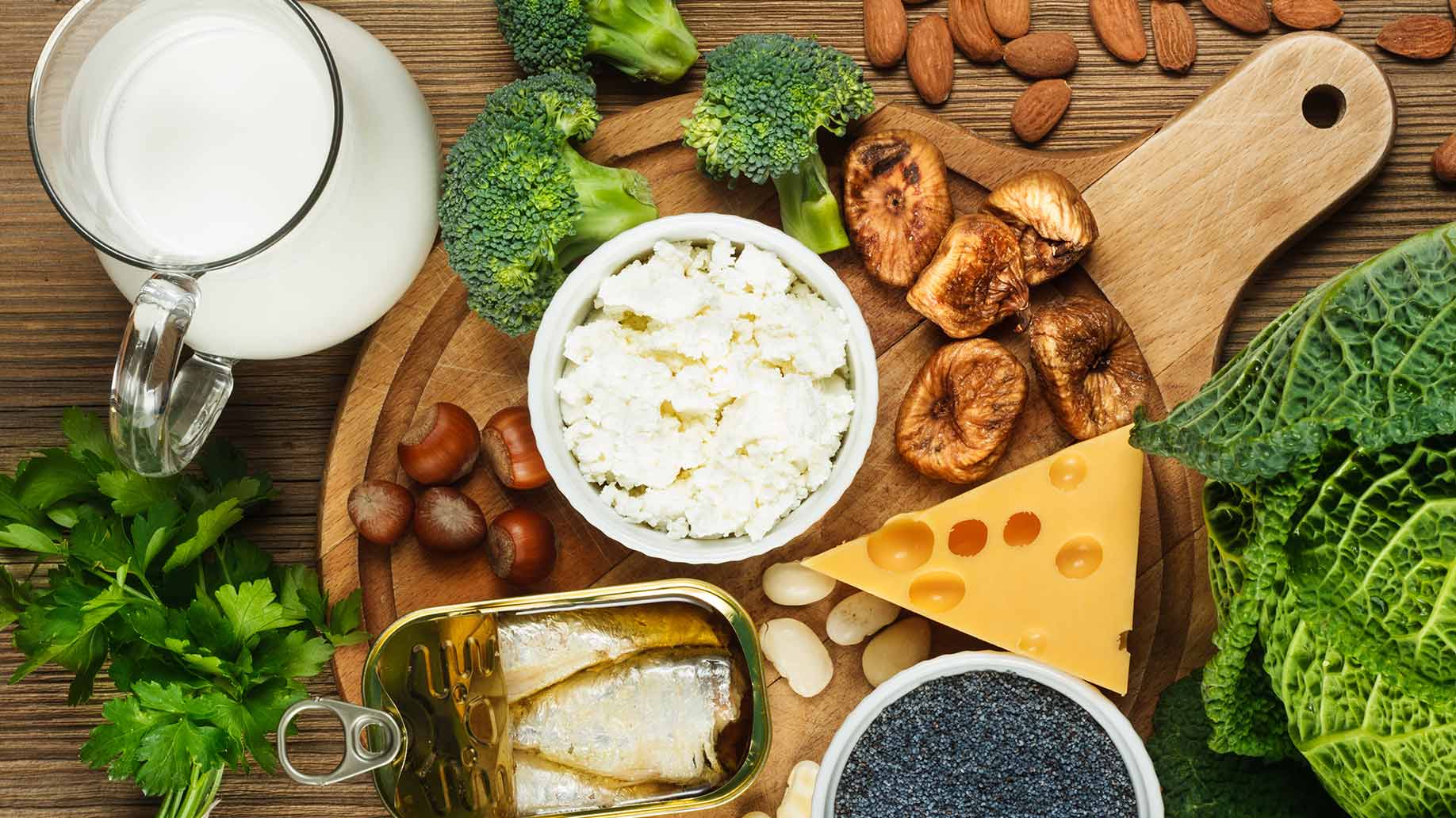
Medical practitioners are advised to recommend calcium supplements as first-line therapy for women with mild to moderate PMS. Estrogen and other sex hormones can influence the absorption of calcium.
Research has shown that calcium levels in women fluctuate throughout the menstrual cycle, with the lowest levels in the two weeks before menstruation begins. Low calcium levels inhibit the release of neurotransmitters in the brain which may result in symptoms such as pain and mood swings. A diet rich in calcium can help to prevent PMS symptoms from developing.
A prospective case-control study followed 3,025 women who were free from PMS symptoms in 1991. Their intake of calcium was measured via food frequency questionnaires taken in 1991, 1995 and 1999. Over ten years of follow-up, 1,057 women developed PMS. The nutritional data revealed that dietary calcium was inversely associated with the incidence of PMS. Women with the highest intake of calcium significantly had decreased symptoms of PMS compared to those with the lowest.
In a study published in the American Journal of Obstetrics and Gynecology, researchers screened women for PMS at 12 outpatient centers and enrolled 466 in a clinical trial. Participants were randomly assigned to receive 1,200 mg of calcium per day or a placebo for three menstrual cycles. The women rated 17 core PMS symptoms on a daily basis. By the second treatment cycle, the calcium group showed significantly lower symptom scores than the control group. By the third treatment cycle, participants who took calcium supplements had a 48% reduction in total symptom scores. They had significantly lower scores for all four categories of PMS symptoms measured: negative mood, water retention, food cravings and pain.
In a crossover trial, women at a hospital outpatient clinic were screened for PMS and 33 were enrolled in the study. Participants were randomly selected to receive either a 1,000 mg calcium supplement or a placebo daily for three months. They were then switched to the alternative treatment for another three months. During the six-month study, the women kept daily records of their symptoms. The data showed that 73% of women experienced fewer symptoms during the calcium treatment phase. Calcium significantly improved premenstrual symptoms of water retention, pain and negative mood. It also reduced period pain.
A review published in The Annals of Pharmacotherapy evaluated studies published between 1967 and 1999 which focused on calcium for the management of premenstrual symptoms. The researchers concluded that calcium supplementation of 1,200–1,600 mg per day should be considered a sound treatment option for women with PMS. They noted that the dose of calcium could be adjusted downward in patients who consume large quantities of dietary calcium.
Method: If you regularly suffer from PMS symptoms, increase the amount of calcium in your diet or try taking a daily 1,200 mg calcium supplement.
Here are some examples of calcium rich foods:
- 1 cup shredded mozzarella cheese – 566 mg
- 1 3.75-ounce can sardines — 351 mg
- 1 cup yogurt — 296 mg
- 1 cup white beans — 131 mg
- 1 cup cooked kale – 94 mg
- 1 ounce roasted almonds – 75 mg
Recommended:
2. Vitamin D

Research has shown that women who consume foods rich in vitamin D have a lower risk for PMS. Vitamin D is essential for calcium absorption, so it may improve symptoms simply by boosting calcium levels. It may also help to balance hormones and improve the function of neurotransmitters.
Researchers at the University of Massachusetts examined the relationship between vitamin D intake and premenstrual syndrome. Female students aged 18-30 filled in food frequency questionnaires and menstrual symptom questionnaires. A group of 44 women who met the standard criteria for PMS and a control group of 46 women without PMS symptoms were included in the case-control analysis. Higher intake of vitamin D from foods were linked to a significantly lower prevalence of PMS.
A randomized controlled trial published in the Archives of Internal Medicine investigated the effects of vitamin D on women with painful menstrual and premenstrual cramps. Researchers screened women at outpatient clinics and enrolled 40 participants with period pain in the study. The women were randomized into two groups. One group received a single high dose of vitamin D five days before the start of their periods. The other group received a placebo. After two months, the women who received vitamin D reported an average 41% decrease in pain. None of the women in the vitamin D group required medication to manage their pain, whereas 40% of those in the control group took anti-inflammatory drugs at least once over the course of the study.
An Italian study looked into the effects of vitamin D supplementation on adolescent girts with severe mood-related PMS symptoms. The girls, aged 15-21, all had low blood levels of vitamin D at the start of the study. They were randomly assigned to a group treated with a vitamin D supplement or a group given a placebo. After one month, the patients treated with supplements had blood levels of vitamin D within the normal range. At the end of the 4-month study, the vitamin D group had significantly lower scores for PMS symptoms of irritability, crying and sadness, anxiety and disturbed relationships. The control group had no changes in PMS symptom intensity.
Method: It’s difficult to get all the vitamin D you need from diet and sunlight alone, which is why many processed foods are fortified with the vitamin. Good natural food sources include oily fish, liver, mushrooms and eggs.
Since your body manufactures vitamin D in response to direct sunlight on the skin, you may get sufficient amounts if you live in a climate with year-round sunshine and spend time outdoors everyday. If you live in a climate with cold, dark winters, you are most likely to suffer from vitamin D deficiency between October-March. A daily 10 mcg of vitamin D supplement could help restore healthy levels.
Recommended:
3. Magnesium
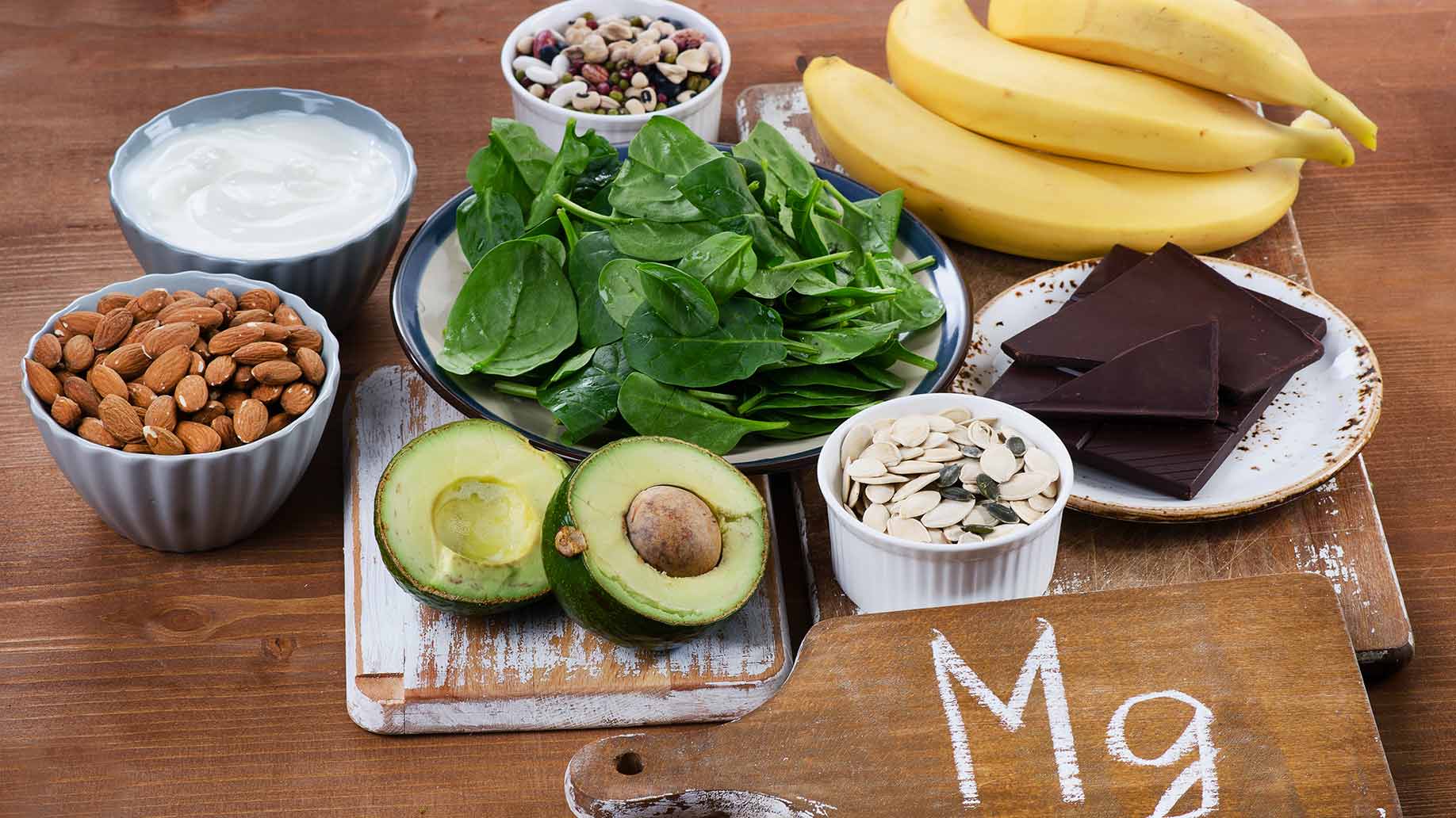
Only about a third of Americans meet the recommended daily intake for magnesium, an essential mineral present in every cell of the body.
Research has shown that women with PMS tend to have significantly lower levels of magnesium in their blood than women who don’t suffer from the condition. A number of studies have found that magnesium supplements can relieve a variety of PMS symptoms.
A pilot study assessed the efficacy and safety of a modified-release 250 mg magnesium tablet for improving PMS symptoms. Women aged 18-45 with PMS filled in a standardized menstrual distress questionnaire (MDQ). They were then given magnesium tablets over 3 menstrual cycles, beginning 20 days after the start of their last period and continuing until the start of their next period. After 3 months of magnesium treatment, the average total MDQ score decreased by 35%.
In a study published in Obstetrics and Gynecology, 32 women with PMS completed an MDQ. They were then randomly assigned to receive either a 360 mg magnesium supplement or a placebo for 2 menstrual cycles. Magnesium treatment significantly affected both the total MDQ score and a cluster of scores related to negative mood. The researchers concluded that magnesium supplementation could be an effective treatment for premenstrual mood changes.
In a study published in the Journal of Women’s Health, 38 women were randomized to receive either 200 mg of magnesium daily or a placebo for 2 menstrual cycles. The women kept a daily record of their PMS symptoms, rating 22 items on a four-point scale. Magnesium treatment showed no effect compared to the placebo in the first month. However, in the second month the magnesium group showed significantly greater reduction of symptoms related to fluid retention including abdominal bloating, weight gain, breast tenderness and swelling of extremities.
A study published in the journal Headache evaluated the effects of magnesium supplements on 20 patients affected by premenstrual migraine. The women completed a menstrual distress questionnaire and were randomly assigned to receive a 360 mg magnesium supplement or a daily placebo between the 15th day of their cycle and the beginning of menstruation. After 2 months, women in the magnesium group showed lower pain scores and significantly fewer days with migraine headaches than the control group. Magnesium treatment also improved total MDQ scores.
Method: Women need about 270 mg of magnesium a day. Most people should be able to achieve this by eating a healthy varied diet with plenty of leafy greens. However, it could be worth trying a 200 mg daily supplement if you suffer from PMS. More than 400 mg of magnesium a day could cause side-effects such as diarrhea, nausea and cramps.
Here are some examples of magnesium rich foods.
- 3 ounces 70% dark chocolate – 190 mg
- 1 cup cooked spinach – 157 mg
- 1 ounce roasted pumpkin seeds – 150 mg
- 1 cup black beans — 150 mg
- 1 cup cooked swiss chard — 150 mg
- 1 ounce roasted almonds – 80 mg
Recommended:
4. Chasteberry

Chasteberry is an herbal remedy prepared from the berries of the chaste tree (Vitex agnus-castus). It is a commonly recommended supplement for the treatment of premenstrual syndrome.
Chasteberry is thought to work by affecting levels of the hormone, progesterone. Blood progesterone levels tend to rise after ovulation and fall again before menstruation. PMS symptoms may be due to low or rapidly falling progesterone levels during the second half of the menstrual cycle. Chasteberry increases progesterone levels, helping to keep the estrogen-progesterone ratio in balance throughout the month.
A randomized controlled trial published in the BMJ examined the use of chasteberry for the treatment of PMS. Researchers recruited 178 women who were diagnosed with premenstrual syndrome at general medicine clinics. Half of the women received a daily 20 mg chasteberry fruit extract tablet and half received a daily placebo tablet.
After 3 menstrual cycles, the women underwent a full medical examination, laboratory tests and a self-assessment. Over half the women in the chasteberry group had a 50% or greater improvement in their PMS symptoms. Compared to those in the placebo group, they experienced significantly less mood alteration, anger, irritability, breast fullness and headache.
An Iranian study investigating the effectiveness of chasteberry as a PMS treatment had similar results. Researchers assigned 62 women with PMS to receive either chasteberry extract or a placebo for the 6 days preceding the start of their menstrual periods. At the beginning of the study, and again after 6 cycles of treatment, the women rated their PMS symptoms on a 10-point scale. Those who took chasteberry extract had significant improvements in headache, nervousness, restlessness, depression, bloating and breast pain and swelling.
In a large clinical trial published in the Journal of Women’s Health and Gender-Based Medicine, 1,634 women with PMS filled in questionnaires about their symptoms. They were then treated with a commercial chasteberry supplement for 3 menstrual cycles. Following treatment, 93% of patients reported that their PMS symptoms had decreased or even ceased altogether. Chasteberry supplementation improved symptoms relating to depression, anxiety, craving and water retention. Of the physicians involved in the clinical trial, 85% rated the treatment as good or very good, and 81% of patients rated their health status as much or very much better.
Recommended:
5. St John’s Wort
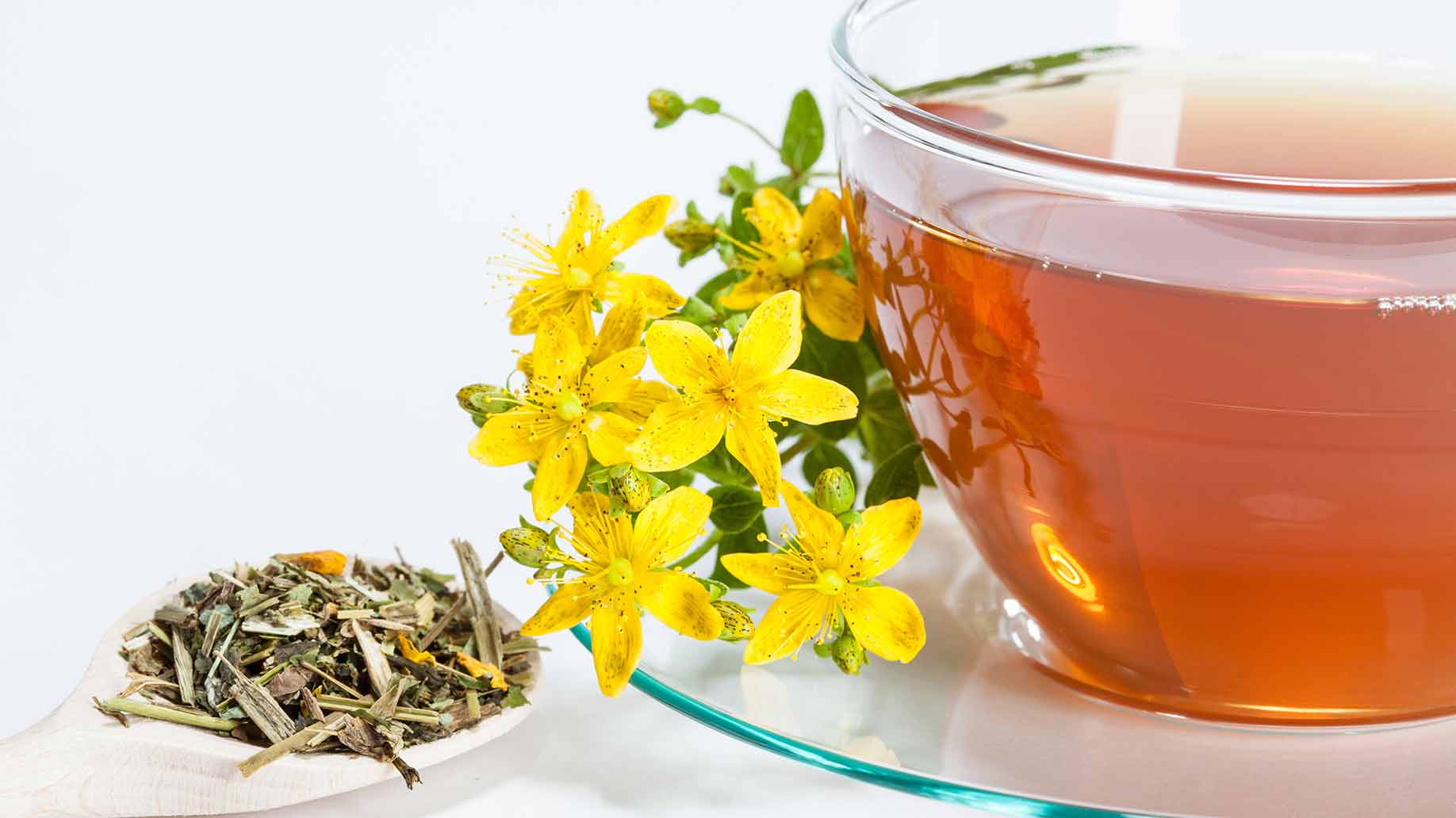
St John’s wort is widely recommended as an herbal treatment for depression. Research has shown that it is significantly more effective than fluoxetine (Prozac) in the treatment of major depressive disorder. Thus, it can also be used to treat emotional PMS symptoms such as depression, anxiety, mood-swings and irritability.
What is more surprising is that the herb also seems to improve physical symptoms such as bloating, breast tenderness and cravings. St John’s wort is known to lower estrogen levels (hence the warning that it can reduce the effectiveness of contraceptive pills). It may improve physical symptoms of PMS by helping to maintain the estrogen-progesterone balance throughout the menstrual cycle.
In a randomized controlled trial, researchers from the University of Leeds investigated the effectiveness of St. John’s wort for the treatment of PMS. Researchers assigned 36 women diagnosed with PMS to receive either 900 mg of St. John’s wort supplements per day or identical placebo tablets. After 2 menstrual cycles, the women were all given placebo tablets for one wash-out cycle. Treatments were then crossed-over for a further 2 cycles, with the women who originally received placebos given St. John’s wort and vice-versa.
PMS symptoms were rated throughout the trial using a daily symptom report and questionnaires which measured anxiety, depression, aggression and impulsiveness. Blood tests were used to measure hormone levels. The researchers concluded that St. John’s wort was statistically superior to the placebo for improving physical and behavioral symptoms of PMS. However, they noted that further work was needed to determine whether a longer duration of treatment would improve pain and mood-related PMS symptoms.
St. John’s wort may be even more effective when combined with chasteberry. An Australian study investigated the effects of a combination herbal therapy for the management of PMS-like symptoms in perimenopausal women. Researchers randomly assigned 14 women to receive either a supplement containing St. John’s wort and chasteberry or a placebo twice a day. The women completed a menstrual symptoms questionnaire every 4 weeks during the 16-week trial.
Analysis of the data indicated that the herbal combination was superior to placebo for total menstrual symptoms scores and for subgroups of symptoms related to depression, cravings, anxiety and water-retention. Symptoms showed an upward trend of improvement throughout the trial for those receiving herbal therapy.
Recommended:
6. B Vitamins
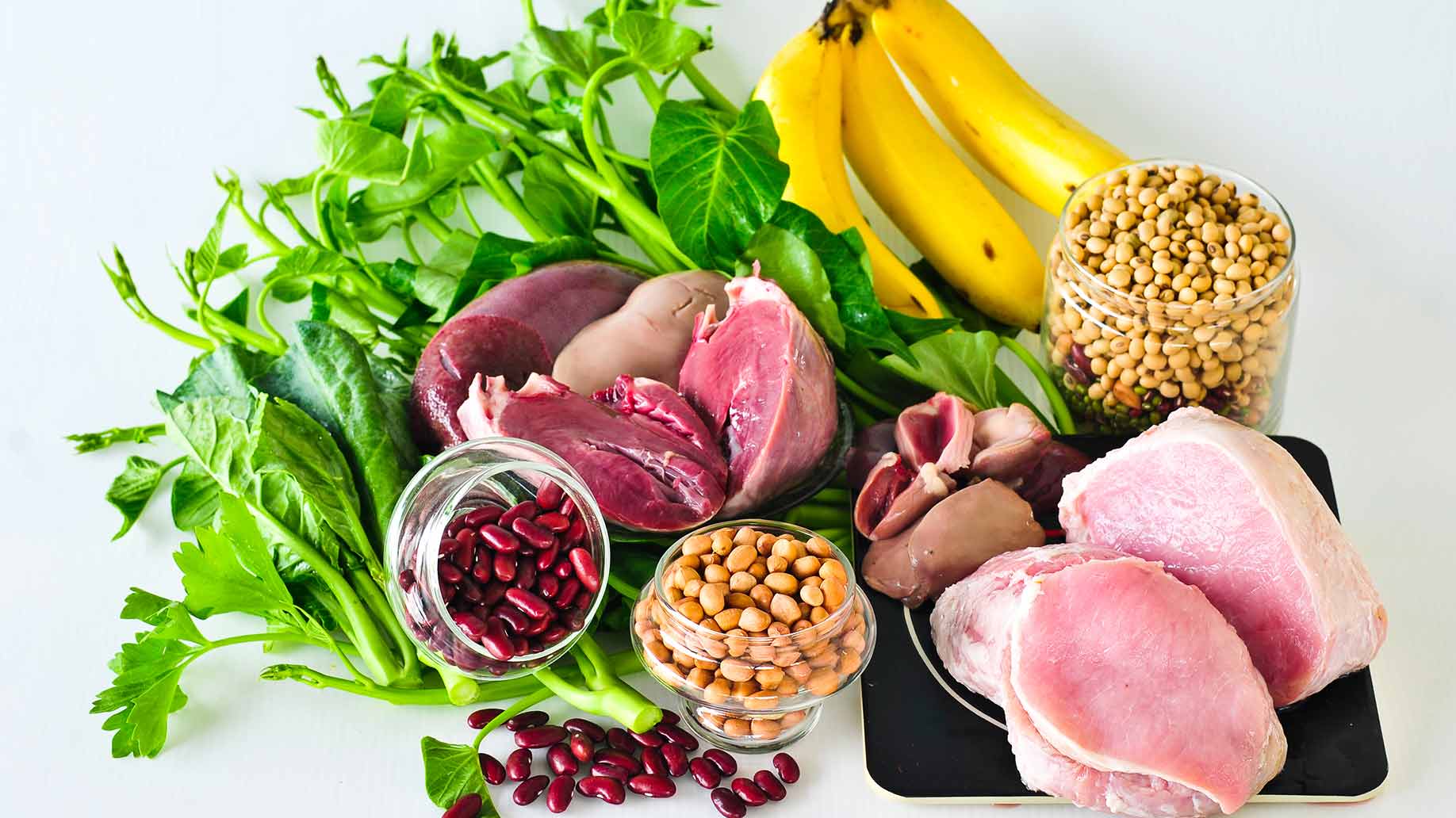
B vitamins may help prevent mood-related PMS symptoms by interacting with neurotransmitters in the brain. Riboflavin (B2) and vitamin B6 are needed to synthesize serotonin. Low serotonin levels can lead to anxiety, depression, cravings and headaches. Thiamine (B1) is required to generate GABA, an inhibitory neurotransmitter that calms anxiety.
A case-control study published in the American Journal of Clinical Nutrition investigated the link between dietary B vitamins and premenstrual syndrome. Researchers analyzed 10 years of data from 6,000 women involved in the Nurses’ Health Study II who were free from PMS at the starting point. At various intervals, the women filled in food-frequency questionnaires to estimate their usual dietary intake of 131 foods and supplements. They also completed questionnaires that asked about the presence of any of 26 PMS symptoms.
After 10 years, 1,057 women were clinically diagnosed with PMS and 1,968 women without PMS symptoms were confirmed as controls. Researchers found that a high dietary intake of thiamine (B1) and riboflavin (B2) were associated with a significantly lower risk of premenstrual syndrome. Women who consumed the most thiamine were 25% less likely to develop PMS than those who consumed the least. Women who consumed the most riboflavin reduced their risk for PMS by 35%.
Researchers from Oxford University conducted a trial to study the effects of vitamin B6 on PMS symptoms. The 32 women who entered into and completed the 7-month study had all experienced moderate to severe PMS symptoms during the previous year. The participants kept daily diaries which rated the severity of nine PMS symptoms on a scale of zero-to-three.
After completing the diary for one month, the women were randomized to receive either 50 mg of vitamin B6 or a placebo for three months. The treatments were then crossed over so that the placebo group took vitamin B6 and the vitamin B6 group took the placebo. Analysis of the diary data showed that vitamin B6 significantly improved PMS symptoms of depression, irritability and tiredness. However, it was not significantly better than the placebo at improving symptoms relating to pain and water retention.
Taking B6 together with magnesium may boost the effectiveness of both supplements. In a randomized controlled trial, researchers randomly assigned 44 women to one of four treatment groups: magnesium, vitamin B6, magnesium + vitamin B6 or placebo. Each day throughout the study, participants rated 30 menstrual symptoms on a 5-point scale. After one month, there was no significant difference in individual treatments, however the combination of 200 mg of magnesium plus 50 mg of vitamin B6 significantly reduced anxiety, nervous tension, irritability and mood swings.
Method: Ensure you get the necessary amount of B vitamins by eating a varied diet that includes plenty of green leafy vegetables. If you routinely suffer from mood-related PMS symptoms, consider supplementing with thiamine 100 mg, riboflavin 50 mg and B6 50 mg daily.
Recommended:
7. Exercise

Endorphins, the brain’s ‘feel good’ chemicals decrease in the week before menstruation due to changes in sex hormones. This can contribute to emotional symptoms such as anxiety and depression and also lowers the tolerance for physical discomfort. Exercise promotes the release of endorphins and can help to improve many symptoms of PMS.
A study published in the Journal of Psychosomatic Research examined the effects of regular moderate exercise on mood and menstrual symptoms. A group of 97 female exercisers and a comparison group of 159 female non-exercisers completed menstrual distress questionnaires and a questionnaire specifically focused on emotions. The questionnaires were administered at three points during the menstrual cycle, including the premenstrual stage. The exercisers obtained significantly lower scores on negative mood, behavior changes, impaired concentration and pain.
An Iranian study investigated the effects of 8-weeks of regular aerobic exercise on premenstrual syndrome. The participants were 40 non-athlete female university students with a diagnosis of PMS. The women recorded daily symptoms over four menstrual cycles. After two cycles, they were randomly divided into two groups. One group practiced aerobic exercise for 60 minutes three times a week with an experience trainer. The control group did not do any organized exercise.
PMS symptoms significantly improved in the exercise group compared to the control group. After four weeks, the women who did aerobic training had a 29% reduction in physical symptoms and a 33% reduction in psychological symptoms. After 8-weeks of regular exercise, their physical symptoms had improved by 65% and their psychological symptoms had improved by 52%.
Aerobic exercise isn’t the only activity that may be beneficial for PMS. One study looked at the effects of yoga on premenstrual symptoms in 64 female employees at a manufacturing plant. At the beginning and end of the study, the women filled in questionnaires about how menstrual symptoms affected their quality of life and rated 24 PMS symptoms on a 4-point scale.
All of the volunteers attended 50-minute yoga classes twice a week after work in the plant’s fitness center. After 12-weeks of yoga, the women reported deceased menstrual pain, decreased use of medication for menstrual pain, and decreased effects of menstrual pain on work. They also had improvement in symptoms of bloating, breast tenderness and cramps.
Recommended:
Final Word
If you suffer from PMS, you may want to perform your own personal experiment similar to some of the studies described above. Keep a PMS diary in which you record all your symptoms and rate their severity on a scale of 0-3.
After one month, begin taking vitamin, mineral or herbal supplements or start attending exercise classes. Continue to record your symptoms for the next 3 months. Compare your scores to those in the first month. If they’ve improved, you’ve found a remedy that works for you!


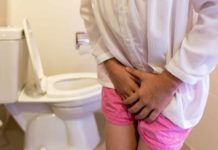


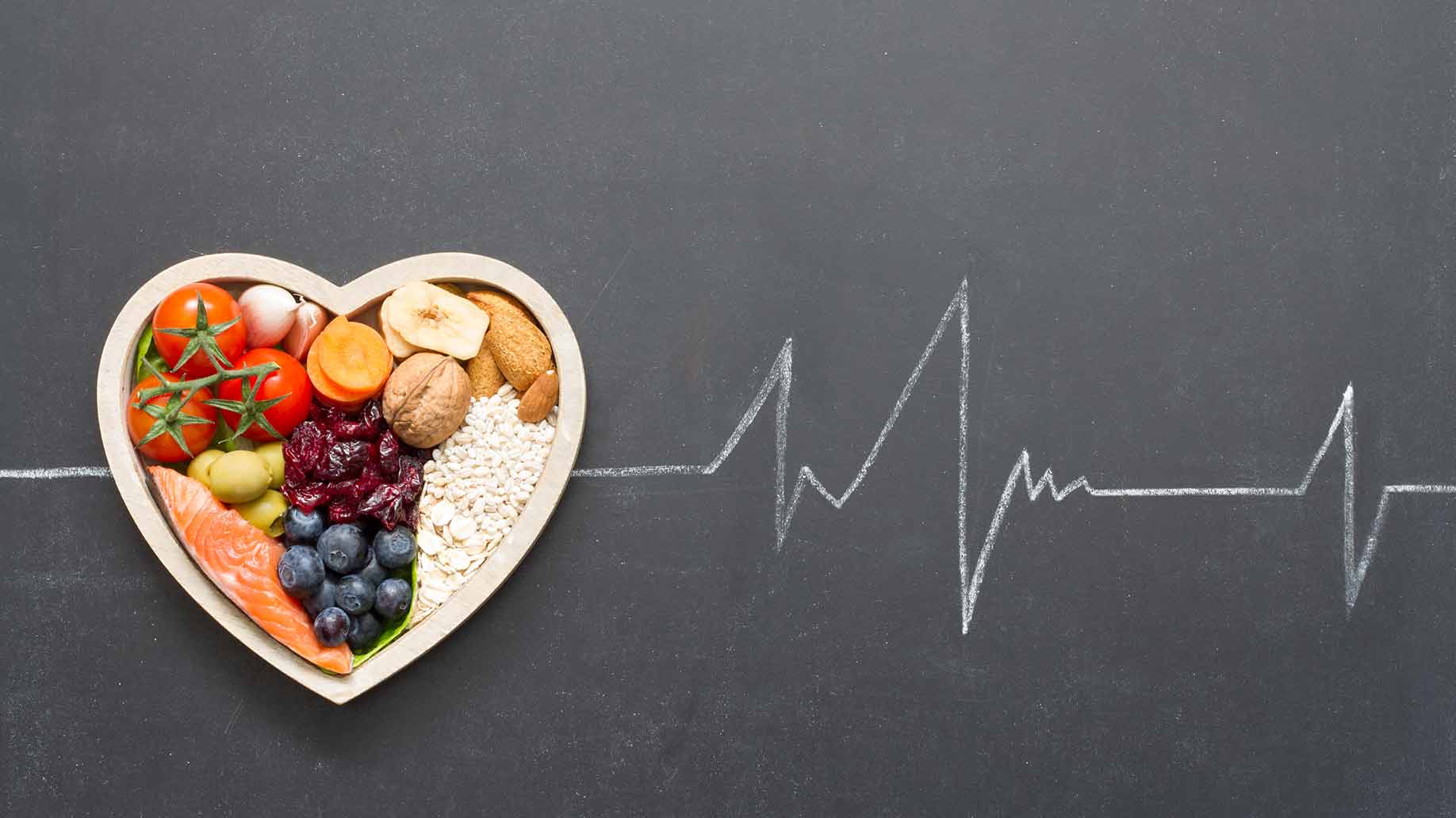

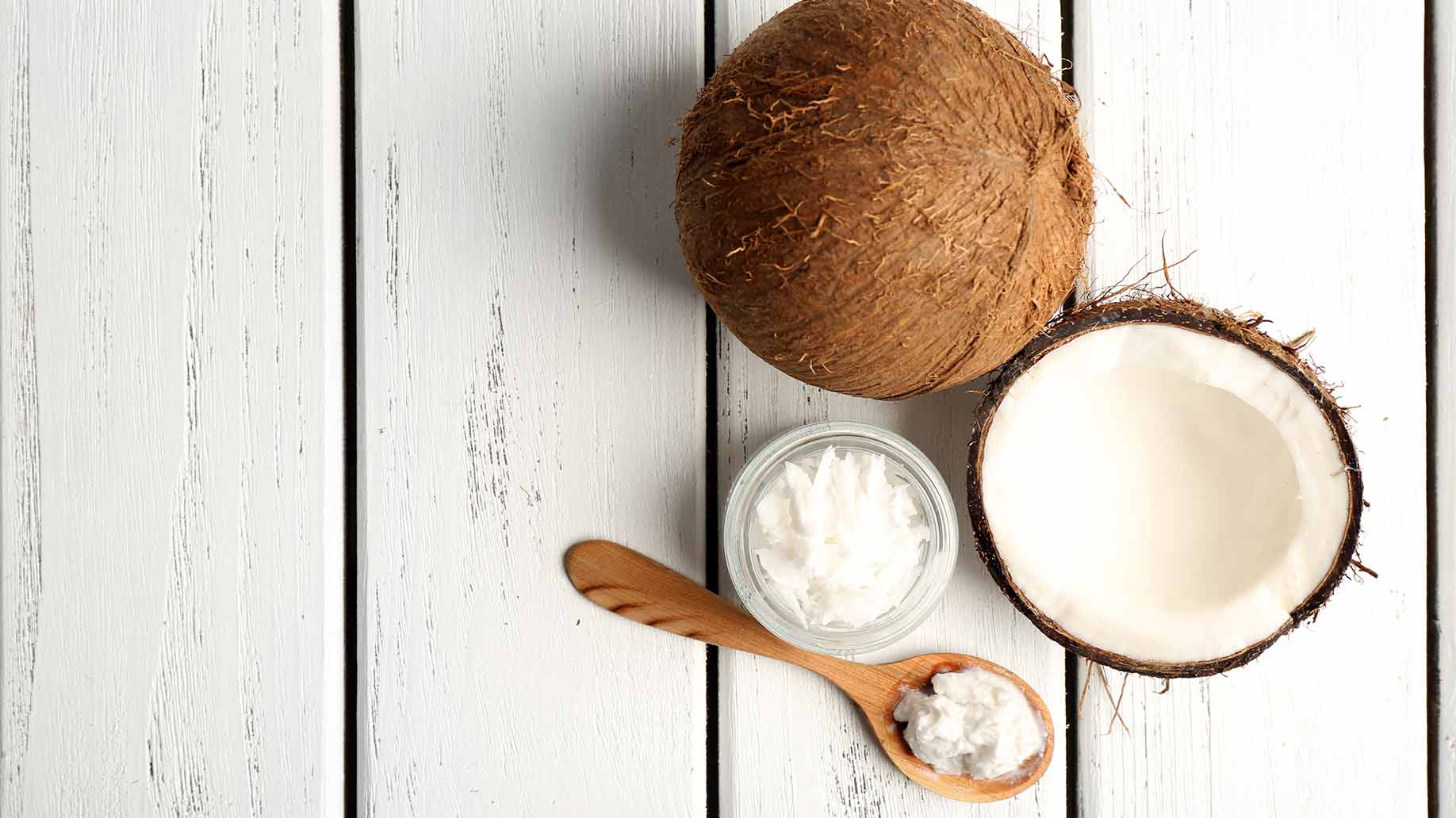

Wow! What a great article! The complete Solution. Its useful for me. Thanks
I have not seen my period for two months the doctor says I am not pregnant and my belly is growing can you help me.